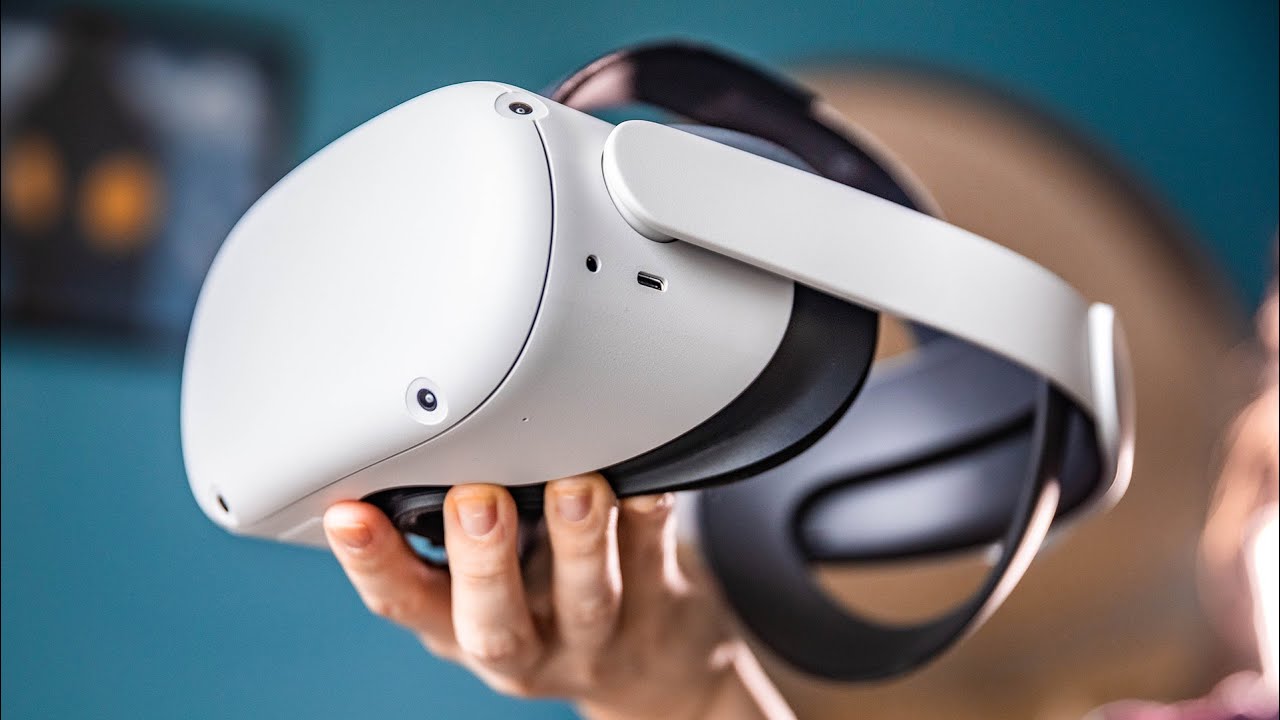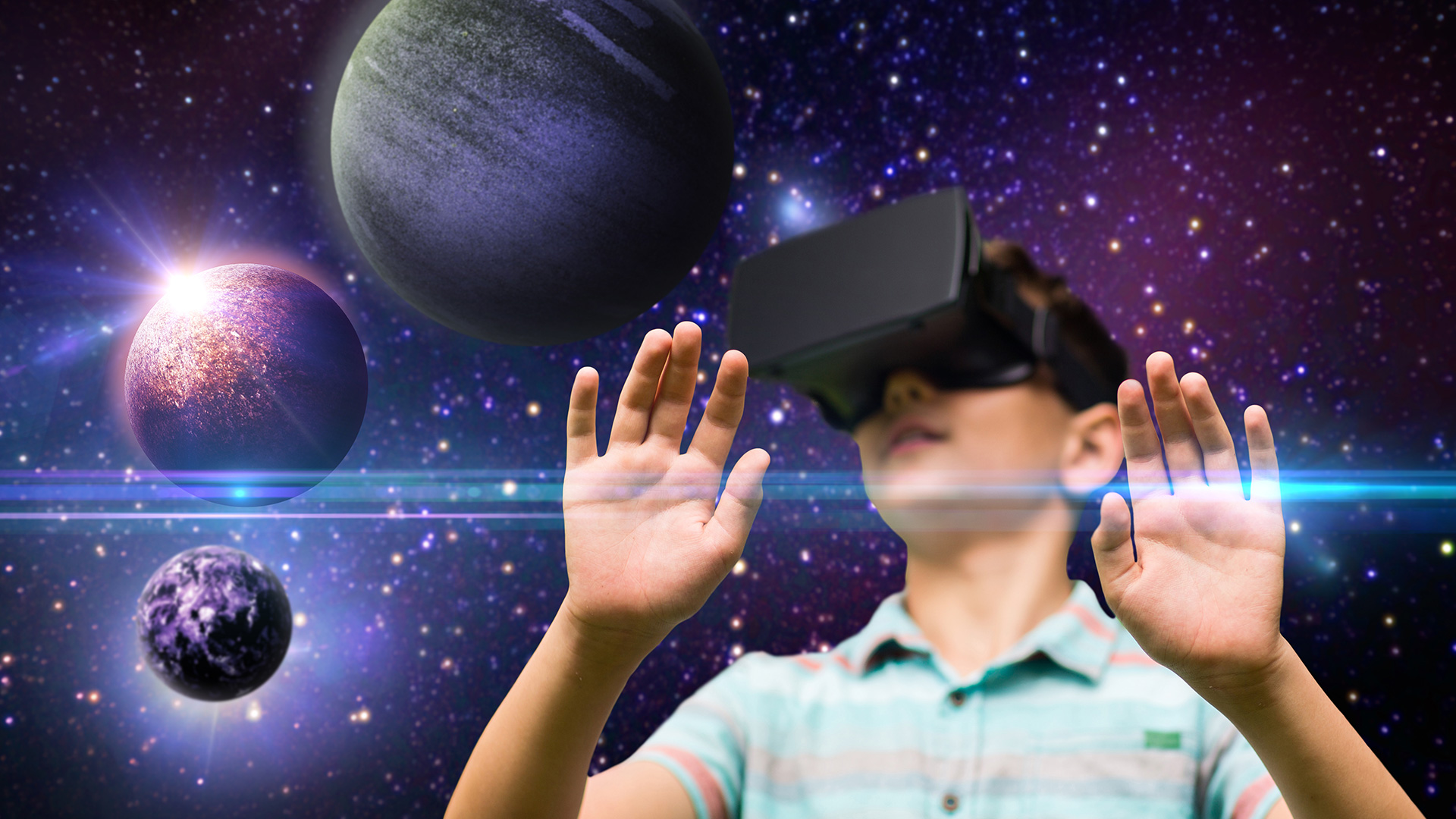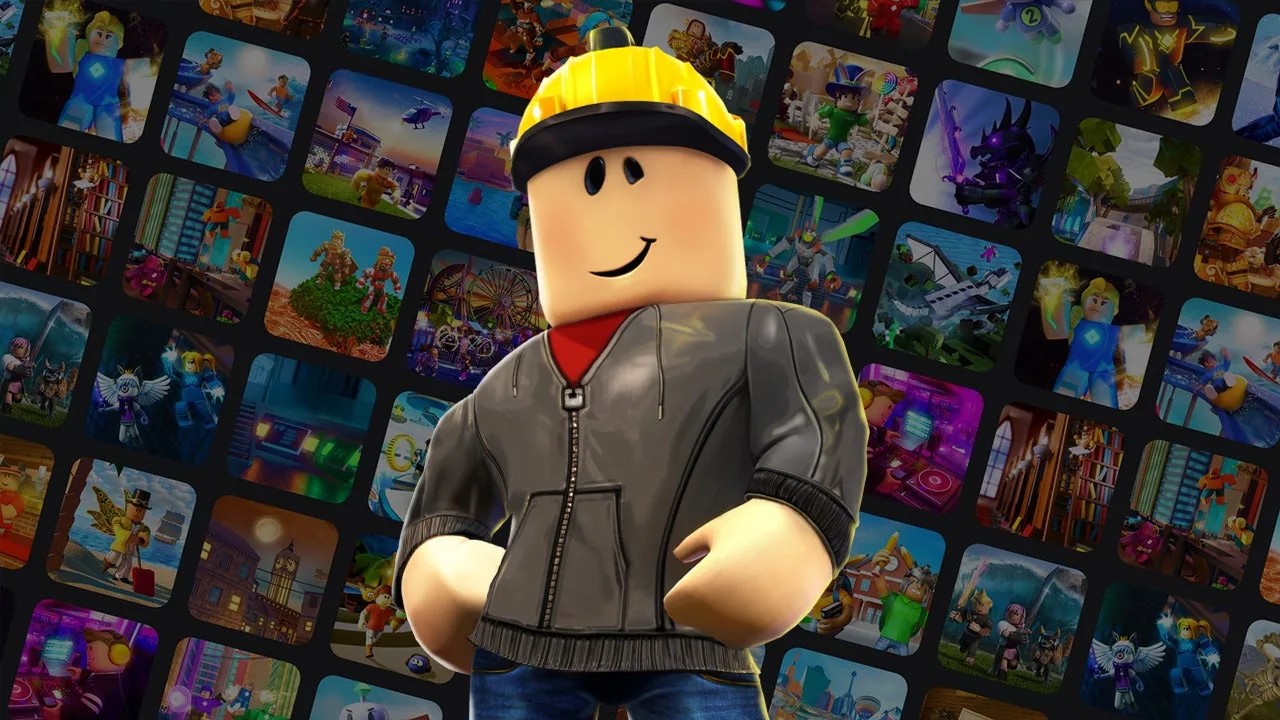- The perception of video games in education has changed from being a distraction to being a primary learning tool.
- Educational games help students develop essential skills such as problem-solving, teamwork, and persistence.
- Gaming mechanics like missions, rewards, and team challenges are integrated into classrooms to make learning more fun.
Back in my school days, learning was a pretty routine affair; long hours in class, heavy books to carry, copying notes, and waiting for the bell to ring. Most of the time, it felt more like a chore than something exciting.
Every now and then, we’d get a fun project, but overall, school felt strict and far removed from the things that actually interested us outside the classroom.
Now, things couldn’t be more different. Technology has completely changed the way students learn, in ways I never imagined back then. What surprises me most is how much of this change comes from video games: the same ones teachers used to say would ruin us.
From virtual reality labs to challenges that feel like quests, gaming has become a powerful part of modern education.
The Evolution of Educational Gaming Technologies

When I was younger, video games were seen as nothing more than distractions. Teachers often said they made us lazy. But that idea has completely changed.
Now, games are being used as fundamental tools for learning. I’ve seen teachers use apps like Kahoot! to make quizzes feel like exciting competitions, and I’ve watched students explore virtual labs, trying experiments that wouldn’t be possible in a regular classroom.
When I had to tackle big research projects, it often felt really overwhelming. I noticed a lot of students turning to online dissertation writing services for extra help. At the same time, many of us were using little “gaming tricks” to get through our schoolwork, like making study sessions into challenges or rewarding ourselves for finishing tasks.
It made me see how our brains link things in surprising ways, something scientists are still trying to figure out.
Even Minecraft: Education Edition has become huge, with over 115 million students and teachers using it. And it makes sense.
The same kids who spend hours building worlds at home are now using those skills to learn math, science, and even history.
Classroom Integration: Gaming Tech in Academic Settings
The real impact isn’t just in the technology, but in how it changes the classroom experience. I’ve seen bored students light up when lessons are turned into missions or challenges.
Instead of competing with TikTok or Instagram, teachers are connecting with students in ways they already enjoy. Reward systems that track progress, like virtual gold stars but cooler, really motivate students.
Group projects become fun with team challenges, and story-driven lessons keep students engaged instead of making them memorize random facts. Instant feedback lets kids learn from mistakes right away, without waiting for graded papers.
Beyond Entertainment: Skills Development Through Gaming

What excites me most is the kind of skills gaming brings out that old-school learning often failed to. I’ve seen students practice problem-solving, teamwork, and persistence without even realizing it.
A 2022 study found that students in game-based classes were 23% better at problem-solving skills compared to those in traditional classrooms. That tracks with what I’ve noticed: when kids are “in the zone” – what gamers call a flow state – they’re so focused on the task that learning stops feeling like a chore.
And honestly, that’s something I wish I had back in my own school days. Instead of grinding through homework to get it done, students now get hooked on the process itself.
Social Connection and Community Building
Another thing I’ve noticed is that gaming doesn’t stop when the school day ends. Students create Discord groups to share tips, post YouTube tutorials that mix gaming with schoolwork, and keep working together long after class is over.
During the pandemic, when everything moved online, this became a real lifesaver. Multiplayer educational platforms let students learn together, even from miles apart. For kids in rural areas or with limited resources, that connection made a big difference.
It reminds me of gaming communities outside school, where experienced players help newcomers. In education, the same idea applies, where students learn to support each other instead of just competing for grades.
The Challenges We Can’t Ignore

Of course, it’s not all smooth sailing. Not every student has access to fast internet or up-to-date devices. A 2023 report showed that around 15% of U.S. students still don’t have reliable internet at home, and that gap makes a big difference.
There’s also the worry about too much screen time, unhealthy competition, or the toxic side of gaming culture bleeding into education. And while some students thrive with these tools, accurately grading their progress can be tricky.
Tests don’t always capture what a student gains from gaming-based learning. Then there’s the teacher side of it. I’ve met educators who feel totally lost when handed a VR headset or an app like Minecraft.
Without proper training, even the best tools sit unused.
Looking Ahead
The future feels wide open. As VR and AR continue to evolve, I can envision students walking through ancient Rome, exploring the interior of a cell, or even engaging in conversations with historical figures brought to life by technology.
The next big step, I think, is personalization. Games that adjust to each student’s pace and learning style could finally solve the age-old problem of one-size-fits-all education.
We’re still in the early stages, but the sky is the limit. The students growing up with this technology will one day be the teachers who refine it, and that cycle of improvement might make school something kids actually look forward to.
What strikes me most is how gaming technology changes the way school feels. It’s no longer just pushing through endless worksheets. Instead, it’s about curiosity, teamwork, and even moments of excitement.
I’m not saying it fixes everything, as there are still challenges with access, training, and finding the right balance, but I’ve seen enough to know this isn’t just a passing trend.
Thank you! Please share your positive feedback. 🔋
How could we improve this post? Please Help us. 😔
Passionate gamer and content creator with vast knowledge of video games, and I enjoy writing content about them. My creativity and ability to think outside the box allow me to approach gaming uniquely. With my dedication to gaming and content creation, I’m constantly exploring new ways to share my passion with others.


 Threads
Threads

